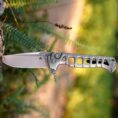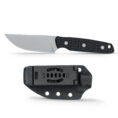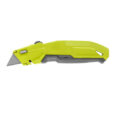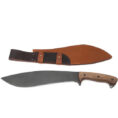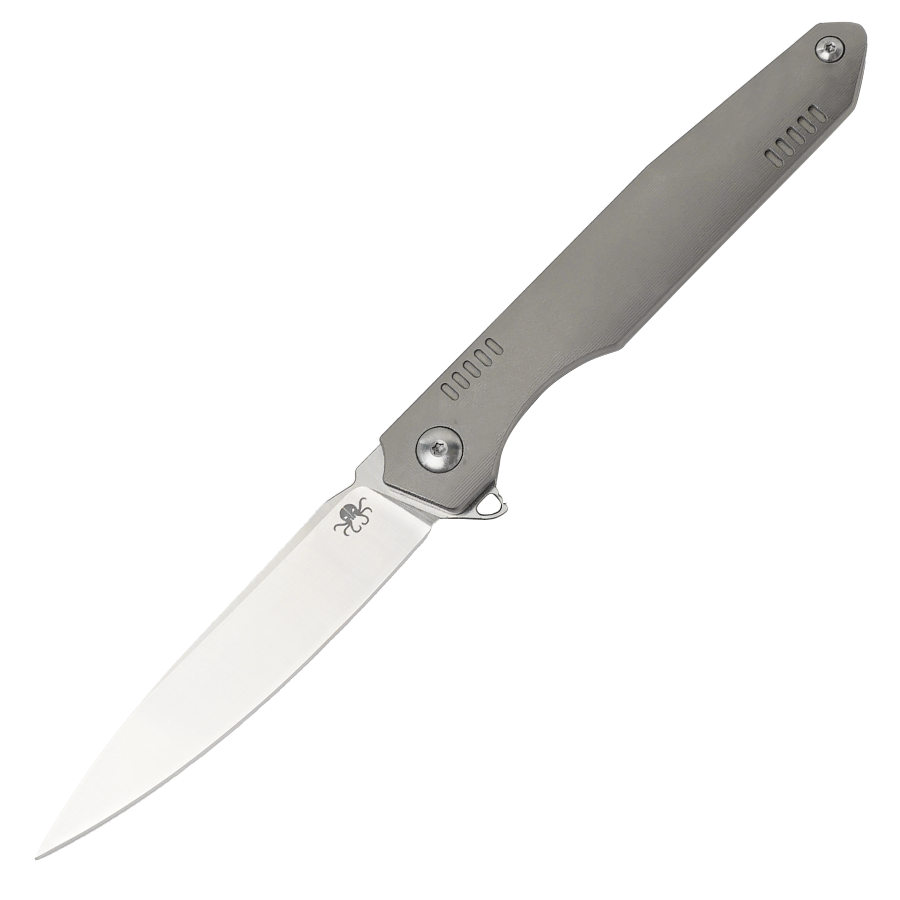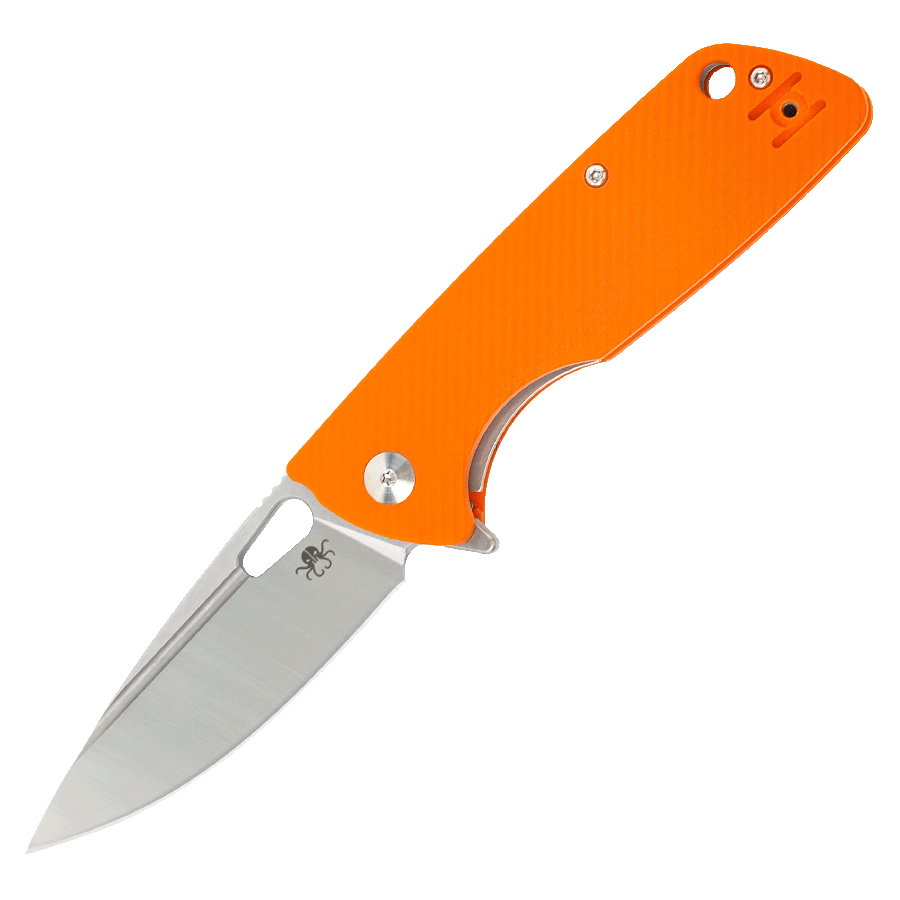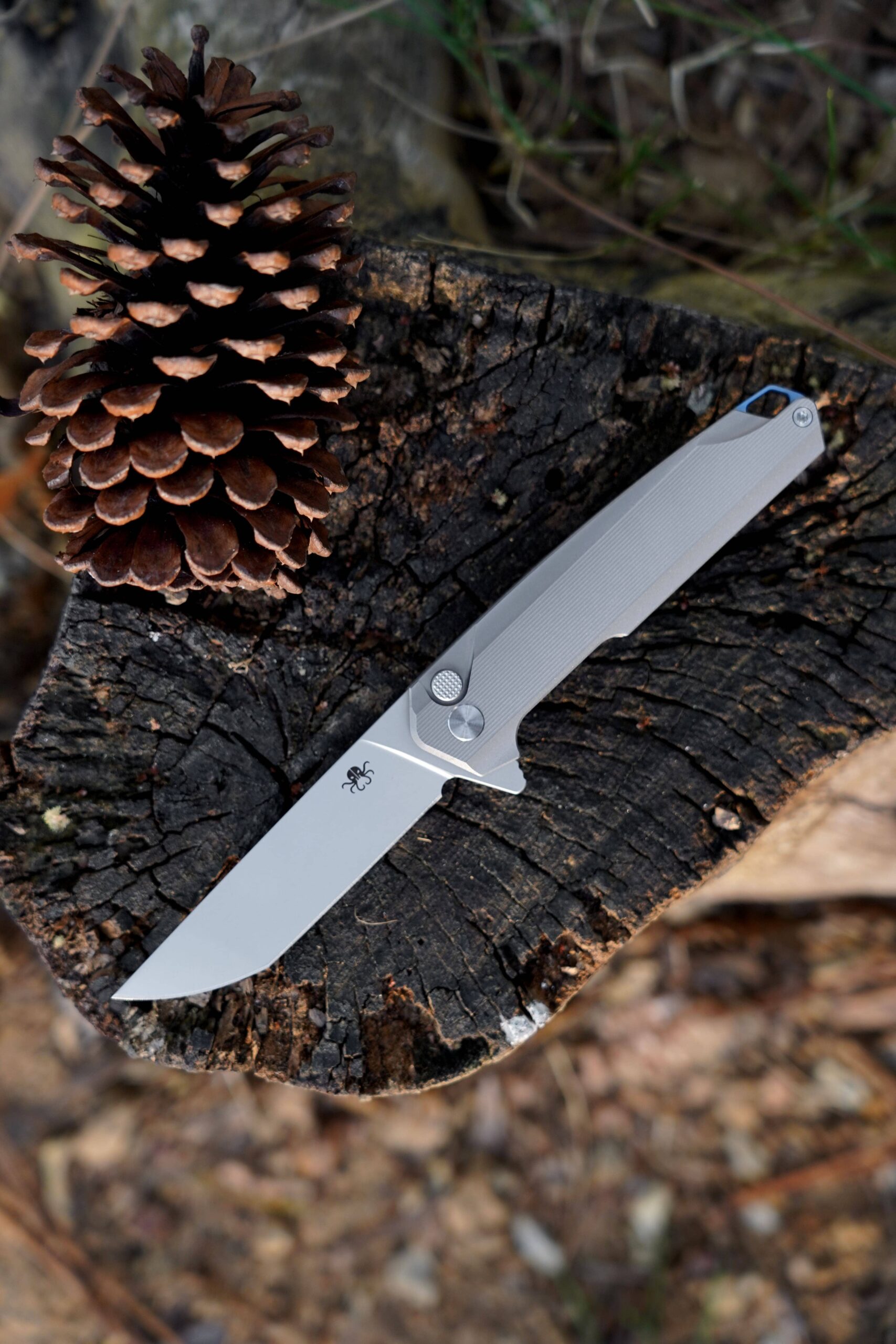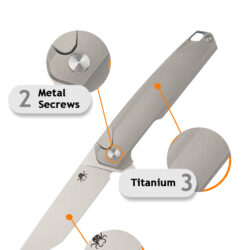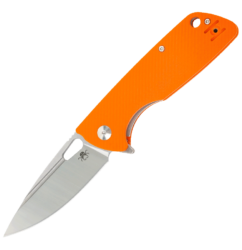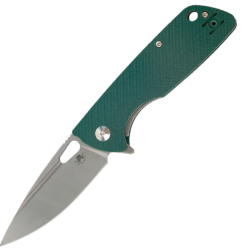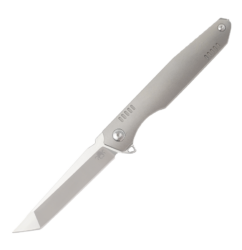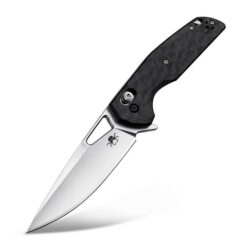How to Clean a Folding Knife: A Comprehensive Guide
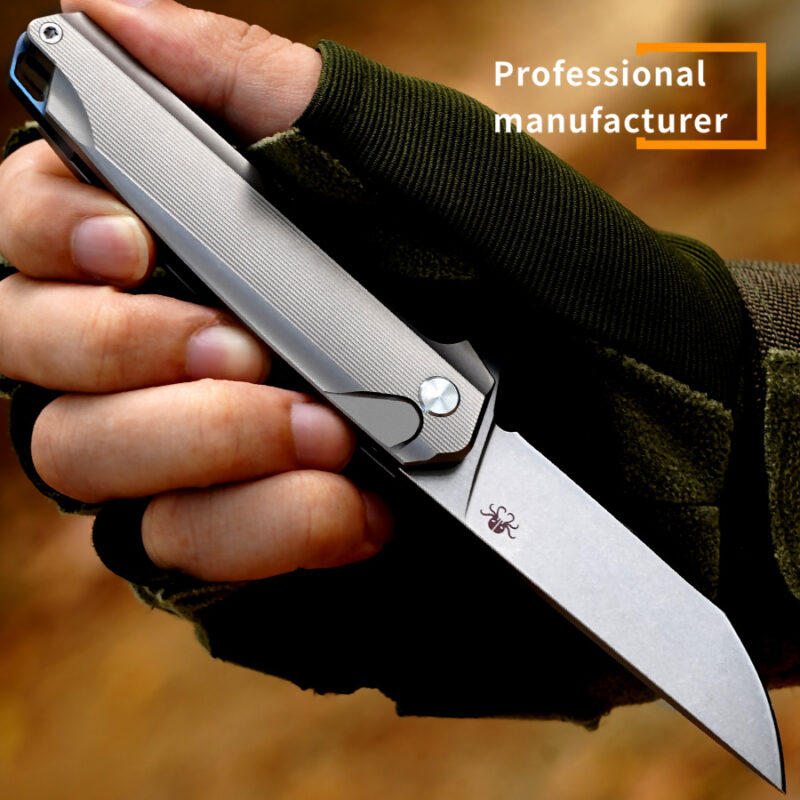
A folding knife is an essential tool for many outdoor enthusiasts, DIYers, and everyday carry (EDC) users. Its compact design and versatility make it a reliable companion for various tasks. However, like any tool, a folding knife requires regular maintenance to ensure optimal performance and longevity. Proper cleaning is a critical part of this maintenance process. Over time, dirt, debris, and moisture can accumulate in the knife’s mechanism, leading to rust, stiffness, or even failure. In this guide, we’ll walk you through the steps to clean a folding knife effectively and safely.
Why Cleaning Your Folding Knife is Important
Before diving into the cleaning process, it’s essential to understand why regular cleaning is necessary. A folding knife has multiple moving parts, including the blade, pivot point, locking mechanism, and handle scales. These components are prone to collecting dirt, dust, and moisture, which can cause several issues:
1. Corrosion and Rust: Moisture and debris can lead to rust, especially on the blade and pivot area.
2. Reduced Performance: A dirty knife may become stiff or difficult to open and close smoothly.
3. Hygiene Concerns: If you use your knife for food preparation or other tasks, bacteria and contaminants can build up.
4. Longevity: Regular cleaning and maintenance extend the life of your knife, ensuring it remains functional for years to come.
—
Tools and Materials You’ll Need
Before starting the cleaning process, gather the following tools and materials:
– Soft-bristled brush (e.g., an old toothbrush)
– Microfiber cloth or lint-free towel
– Mild dish soap or specialized knife cleaner
– Warm water
– Lubricating oil (e.g., mineral oil or knife-specific oil)
– Compressed air (optional)
– Toothpicks or cotton swabs (for hard-to-reach areas)
– Disposable gloves (optional, for handling chemicals or sharp blades)
—
Step-by-Step Guide to Cleaning a Folding Knife
1. Safety First
Always prioritize safety when handling a knife. Ensure the blade is fully closed before starting. If your knife has a locking mechanism, double-check that it’s securely engaged. For added safety, wear gloves to protect your hands from sharp edges.
2. Disassemble the Knife (If Possible)
Some folding knives allow for disassembly, while others do not. If your knife can be taken apart, carefully remove the screws and separate the blade, handle scales, and other components. This will give you better access to hard-to-reach areas. If your knife cannot be disassembled, don’t force it—clean it as thoroughly as possible without taking it apart.
3. Remove Loose Debris
Use a soft-bristled brush or compressed air to remove loose dirt, dust, and debris from the blade, handle, and pivot area. Pay special attention to the crevices where dirt tends to accumulate.
4. Wash the Knife
If your knife is water-resistant (check the manufacturer’s guidelines), you can wash it with warm water and mild dish soap. Use the soft-bristled brush to scrub the blade, handle, and pivot area gently. Avoid submerging the knife in water for extended periods, as this can damage the internal mechanisms.
5. Dry Thoroughly
After washing, dry the knife immediately with a microfiber cloth or lint-free towel. Ensure no moisture remains, especially in the pivot area, as this can lead to rust. You can also use compressed air to blow out any remaining water.
6. Clean Hard-to-Reach Areas
For stubborn dirt or grime in tight spaces, use toothpicks or cotton swabs dipped in soapy water. Be gentle to avoid damaging the knife’s components.
7. Inspect for Rust
Check the blade and other metal parts for signs of rust. If you spot any, use a rust remover or a mixture of baking soda and water to gently scrub the affected area. Rinse and dry thoroughly afterward.
8. Lubricate the Pivot and Moving Parts
Once the knife is clean and dry, apply a small amount of lubricating oil to the pivot point and other moving parts. This will ensure smooth operation and prevent friction. Use a cotton swab or cloth to distribute the oil evenly, and wipe away any excess to avoid attracting dirt.
9. Reassemble the Knife
If you disassembled the knife, carefully reassemble it, ensuring all components are aligned correctly. Tighten the screws securely but avoid over-tightening, as this can damage the threads.
10. Final Inspection
Before storing or using the knife, perform a final inspection to ensure everything is clean, dry, and functioning properly. Open and close the knife several times to confirm smooth operation.
—
Tips for Maintaining Your Folding Knife
– Clean Regularly: Make cleaning a habit, especially after heavy use or exposure to moisture.
– Store Properly: Keep your knife in a dry, cool place. Consider using a protective case or sheath.
– Avoid Harsh Chemicals: Stick to mild cleaners and avoid abrasive materials that could damage the blade or handle.
– Sharpen the Blade: Regular sharpening keeps the blade in top condition. Use a sharpening stone or tool designed for your knife’s blade type.
—
Conclusion
Cleaning a folding knife is a simple yet essential task that ensures your tool remains reliable and functional. By following the steps outlined above, you can keep your knife in excellent condition, whether you use it for everyday tasks or outdoor adventures. Remember, a well-maintained knife not only performs better but also lasts longer, making it a worthwhile investment of your time and effort. So, the next time you notice your folding knife getting a little dirty, don’t hesitate to give it the care it deserves!

